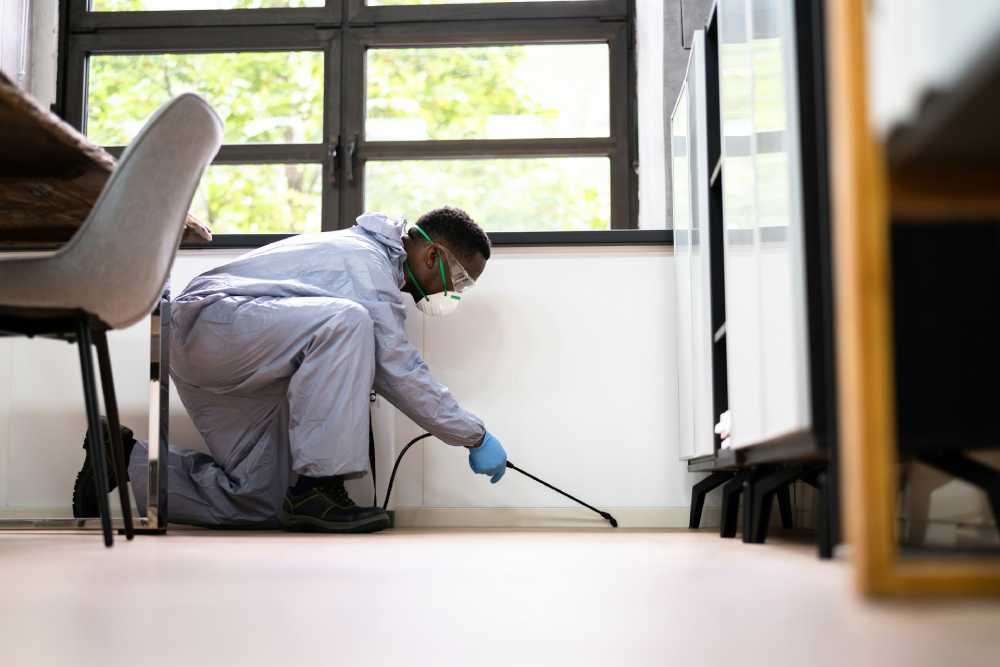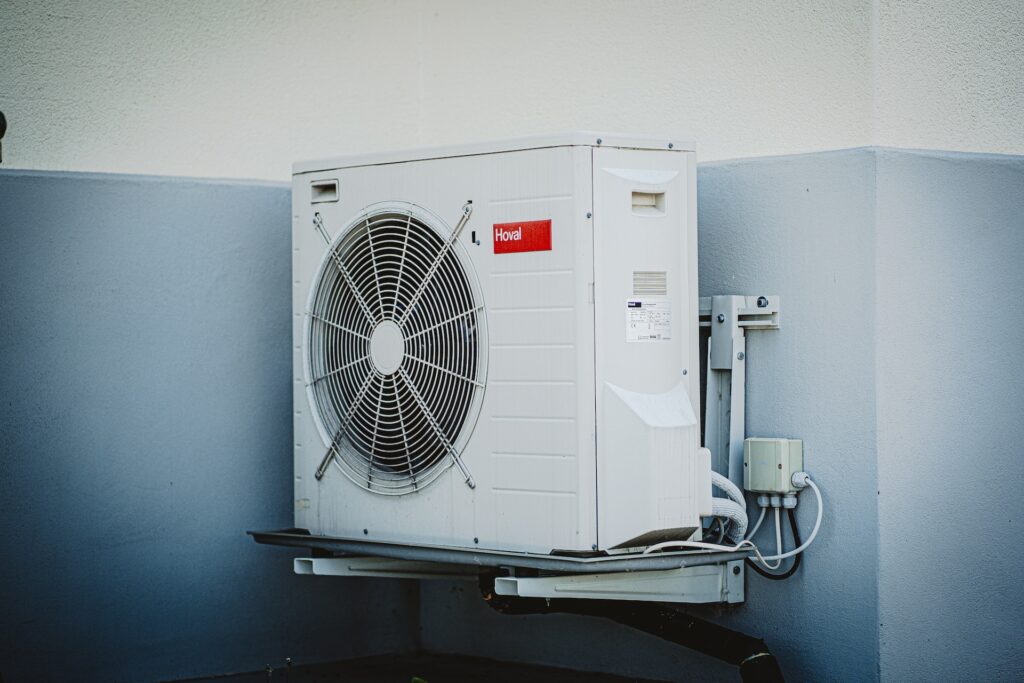Effectively managing household pests requires seasonal strategies. Each season, from sealing entry points in spring to reducing standing water in summer, demands specific actions. Fall involves clearing debris, while winter focuses on inspecting for hidden pests. Employing these seasonal tactics helps maintain a pest-free home year-round.
Seasonal Pest Patterns: What to Expect and When
Each season ushers in a unique set of challenges for homeowners in the battle against pests. Warm springs bring the buzzing of bees and the march of ants, hot summers coax out termite swarms and fruit flies, while cooler autumns send rodents scurrying indoors.
Even in winter, when the world seems dormant, pests like cockroaches persist in their quest for warmth and food—knowing Insect & Pest Control Services and the seasonal tendencies of different pests arms you with the insight to prepare specific strategies tailored to the time of year, providing effective home defense year-round.
Spring Into Pest-Proofing: Safeguarding Your Home as Temperatures Rise
As spring breathes new life into nature, it also awakens pests. This season prompts proactive actions crucial for the year ahead. Homeowners can prevent infestations by diligently examining and sealing potential entry points like window gaps or foundation cracks.
Moreover, addressing moisture issues and removing stagnant water creates an unappealing environment for pests, complementing the effectiveness of lawn spraying services.
Summer Solutions: Combating the Surge of Warm-Weather Invaders
High humidity levels and warm temperatures during the summer months create an ideal environment for pests like fleas, flies, and mosquitoes to breed. These pests can spread diseases, which puts people’s health at risk and causes discomfort.
The key to controlling the summer surge is maintaining cleanliness and reducing clutter that could harbor pests. Employing natural deterrents like citronella candles or planting marigolds can help repel certain insects while ensuring garbage is secured and removed regularly, which will diminish food sources that attract pests into your home.
Autumn Watch: Preparing for Pests Seeking Shelter
As the leaves begin to turn color and the temperature drops, a lot of pests start looking for a warm place to spend the winter. This often means your home becomes the premier destination. Autumn is the time to double down on your defenses.
This includes reinforcing the physical barriers to entry red, using outdoor lighting that attracts pests, and maintaining a clean kitchen free of crumbs and spills that could entice rodents and insects. Completing these tasks during fall can dramatically lessen the likelihood of your home becoming an overwintering site for pests.
Winter Woes: Understanding the Quiet Season for Pests
It’s easy to fall into complacency in winter, mistakenly believing that all pests have gone to sleep with the cold temperatures. However, many pests like rodents, spiders, and even bed bugs are looking for shelter in the steady climate of a heated home.
Regular inspections during winter can identify any signs of these resilient pests, such as droppings or webs. Paying attention to storage areas, such as attics and basements, less frequented during these months is particularly important, as these spaces provide the quiet and undisturbed environments pests crave for nesting.
Natural Versus Professional Pest Control
When an uninvited critter is spotted scampering across the floor or winging its way around a room, a homeowner’s reaction might be to reach for a natural solution first. These can range from essential oils that repel insects to homemade traps for larger pests.
These remedies can be less successful and may not deal with the underlying cause of an infestation, even though they are frequently less harmful and environmentally friendly. On the other hand, professional pest control services bring expertise and more potent solutions to the fight against pests. They can offer a comprehensive approach, from identifying entry points to implementing long-term prevention strategies.
Home Inspections: Your First Line of Defense
Inspections are the cornerstone of a good pest management plan. Regular inspections allow homeowners to catch issues early and address them before they become more significant problems. During these examinations, look for signs of pest activities such as droppings, nesting materials, or structural damage.
For those who aren’t confident in their ability to spot the subtler signs of infestation, a professional evaluation can provide peace of mind and catch issues you might miss. They are also an opportunity to assess the effectiveness of your current pest prevention methods and make adjustments as necessary.
Dealing with pests is integral to home maintenance, and staying informed about the pests and the latest control methods is essential. Resources like Entomology Today are invaluable for understanding the behaviors and lifecycles of household pests, equipping you with the knowledge to take preemptive action and respond effectively when issues arise.
Remember, a multi-faceted approach that changes with the seasons is the most effective way to keep your home pest-free throughout the year.




Leave a Reply
You must be logged in to post a comment.